|
Yosemite National Park is a refuge not just for wildlife, but for visitors from California and across the world. Many people arrive seeking towering waterfalls, iconic views, majestic sequoia groves, outdoor recreation, or the promise of undisturbed wilderness. Global climate change is already impacting many of these experiences, and the coming years will bring further shifts. 

Left image
Right image
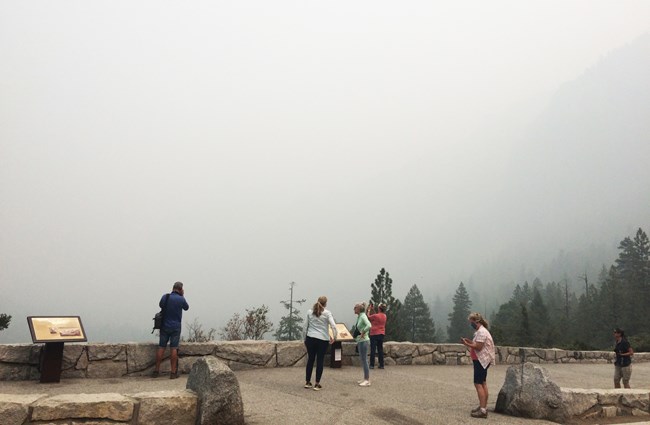
Smoke and VisibilityWildfire and smoke are natural parts of summer and fall in the Sierra Nevada. However, recent decades have brought increased fire activity across the western US. In Yosemite, the annual burned area has quadrupled since the 1970s, while fire season has lengthened by over two months. There is a strong correlation between low snowpack and high fire activity in the park, and declines in snowpack are likely to lead to more fire over the coming decades. Smoky air and obscured views may become more common during more of the year, degrading visibility of Yosemite’s iconic features. Inhaling smoke can also impact people’s health and limit outdoor recreation. Hiking, Climbing, and SkiingMost outdoor recreation in Yosemite is seasonal. Downhill skiers await winter’s first big storm before hitting the slopes at Badger Pass, while hikers anticipate the spring snowmelt and opening of Tioga Road for access to Yosemite’s vast high country. Climate change may widen some windows of opportunity while narrowing others, recalibrating the timetable of outdoor adventure. The park currently experiences around 14 days of 90°F-plus temperatures a year; this may double by 2050 and approach 50 days by 2100. Long stretches of hot weather may pose new challenges for strenuous hiking, backpacking, and climbing in exposed areas. At the same time, shrinking snowpack is likely to leave high country creeks and water sources dry earlier in the year. The Lyell Fork of the Tuolumne River, an important water source for backpackers on the John Muir and Pacific Crest Trails, is especially vulnerable due to being glacially fed. Without the Lyell and Maclure Glaciers, the waterway stands to lose up to 90% of its late-season flow in some years. However, as the window narrows for late-season backpacking, it may expand for early-season wilderness travel. Trails and high-elevation roads may be snow-free and passable earlier in the spring. The same shrinking snowpack that expands springtime opportunities may limit winter travel; backcountry skiers and snowshoers are already encountering melting snow bridges and multiplying stream crossings. The season for downhill skiing at Badger Pass may also narrow. 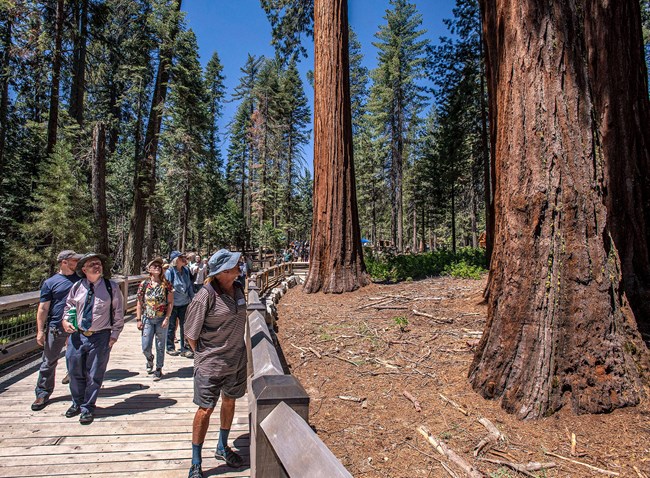
Threatened SequoiasYosemite protects three groves of giant sequoias, out of around 75 known to exist. Sequoias are symbols of resilience and longevity, with mature trees surviving thousands of years of changing conditions. Historically, the main cause of death for giant sequoias has been occasional toppling during storms. During and after California’s historic drought of 2012–16, however, dozens of mature trees in Sequoia and Kings Canyon National Parks and several in Yosemite’s Mariposa Grove died of beetle infestation and climate-linked drought stress. As coming years bring warmer temperatures and declining water availability from snowpack, researchers fear more mature sequoias could be lost. Unlike other natural communities altered by climate change, the sheer age of giant sequoias means that lost trees cannot be restored or replaced for thousands of years. For over a million people that visit Yosemite’s sequoias each year, these ancient trees can inspire a sense of awe and wonder; climate change threatens our ability to preserve this experience for coming generations. WildernessSome people come to Yosemite specifically to find solitude. Nearly 95% of the park is protected under the Wilderness Act, which defines wilderness as “an area where the earth and its community of life are untrammeled by man … which is protected and managed so as to preserve its natural conditions.” However, even in landscapes far removed from human development and presence, climate change is having widespread and lasting impacts. As warming temperatures produce shifts in snowpack, fire patterns, water availability, and natural communities, the meaning of a “wilderness experience” may shift as well. Park VisitationAs summers warm in California’s urban areas, more residents may seek to beat the heat by heading up into the mountains. Historically, warmer weather has reliably meant larger crowds: researchers can predict monthly visitation with 99% accuracy based on temperature alone. Based on future climate estimates, annual visitation may rise 8–29% by mid-century. However, the same rising temperatures that boost visitation may impact the vistas, waterfalls, and experiences that many people arrive seeking; ultimately, it is impossible to predict how large future crowds may be. 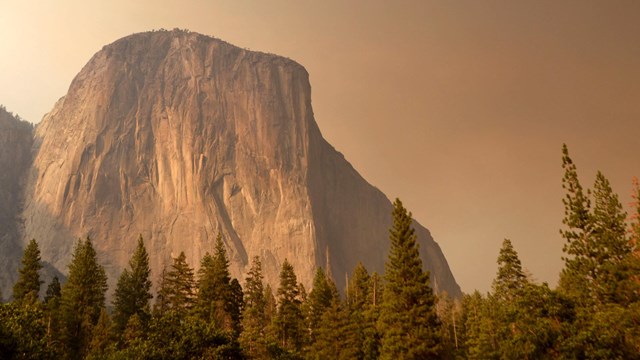
Climate Change in Yosemite
What does it mean to conserve and protect a place during a time of large-scale environmental change? 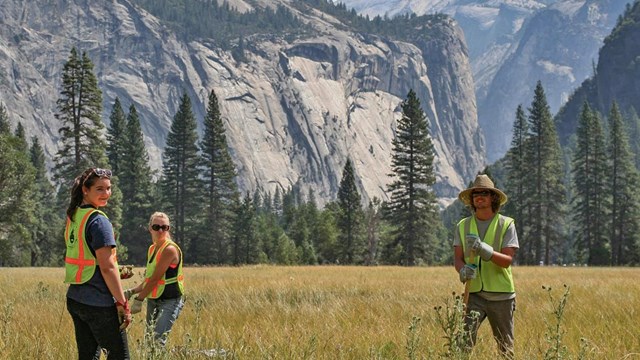
How is the park responding?
Yosemite serves as a unique living laboratory for climate scientists and a center for teaching, learning, and connection. 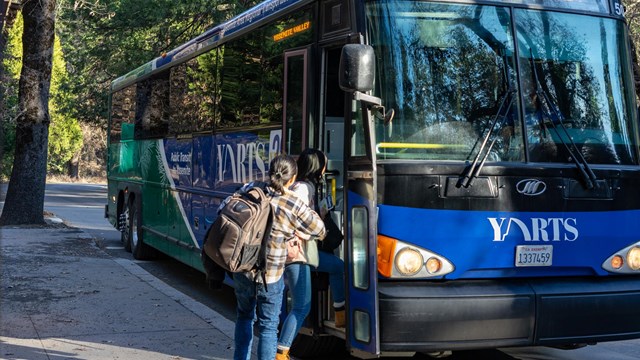
What can we do?
Simple choices can change the environmental impact of your trip to Yosemite. How can we shrink the carbon footprint we leave behind?
|
Last updated: April 22, 2025
